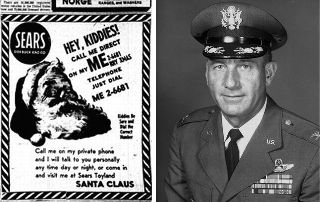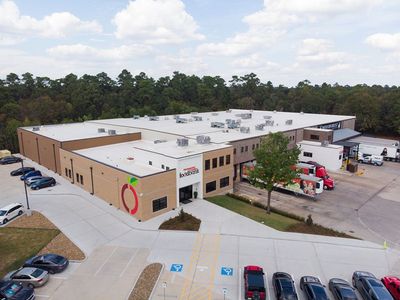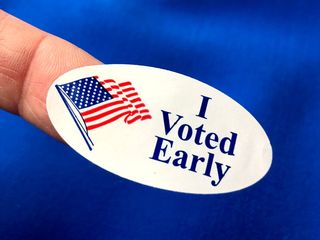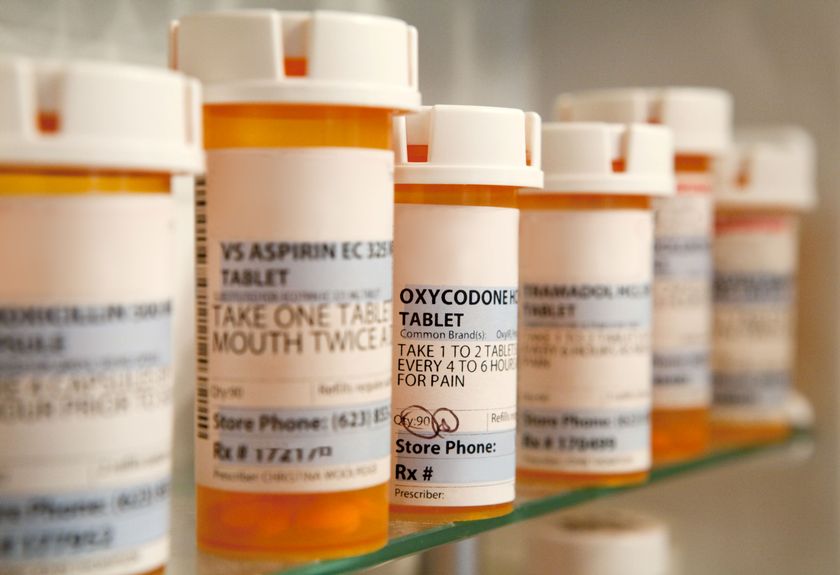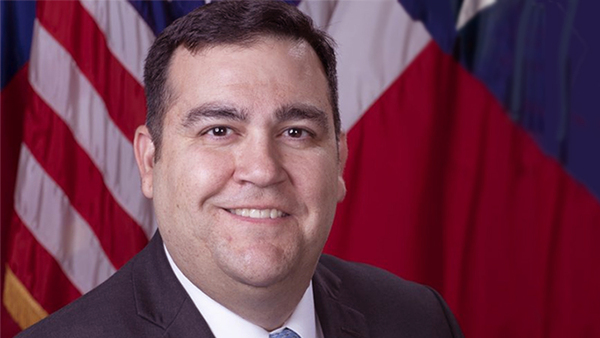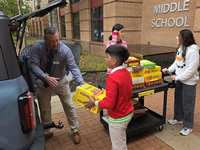- Sections :
- Crime & Public Safety
- Restaurants & Food
- Sports
- More
Categories
In-Person Learning During the Pandemic; A Pediatrician’s View

THE WOODLANDS, TX – The American Academy of Pediatrics (AAP) released, COVID-19 Planning Considerations: Guidance for School Re-entry. It covers guidelines and policies that the AAP believes will, “foster the overall health of children, adolescents, staff, and communities … based on available evidence.”
Dr. Matthew Wilber, MD, FAAP, pediatrician at Texas Children’s Pediatrics, reviewed the article and provided comment. He believes that the choice between sending a child to school for in-person learning, versus enrolling them in online learning, is an individual decision that varies from family to family. The biggest deciding factor is whether or not the child, or members within that specific family unit can risk possible infection.
With that in mind, the AAP and Dr. Wilber believe there are many pros to in-person learning that cannot be accomplished if schools remain virtual. From emotional and behavioral support for students, to their physical wellbeing, in relation to food-security, physical activity, suicide watch, ongoing therapies, and abuse monitoring.
“For a lot of our kids, their most trusted relationships outside of the home are at school, and they’re more likely to confide [instances of abuse] to a counselor or a teacher at school than anywhere else,” Dr. Wilber said. “I would anticipate that when we do go back to school, there’s going to be more reports of those kinds of issues that are going to need to be addressed and dealt with, that right now are quiet,” he said. “Not quiet because they’re not happening, but quiet because the kids don’t have a safe outlet to report them.”
He also noted that, “schools often recognize that a child is depressed or even suicidal before the parents do.” The schools then bring that information to the parents who can get the child the help they need before a tragic outcome occurs.
Food security is also of major concern. Many children rely on schools to provide them with both breakfast and lunch five days a week. “When [they] don’t have that, that’s going to be a financial burden for those families, and may just result in those kids being hungry.” Dr. Wilber said.
He also spoke about the difficulties schools will face when, or if, they re-open their doors. This includes, the enforcement of masks for children, teacher’s sick leave, the logistics of screening the children for possible illness before they enter the school, and of course, slowing the rate of transmission.
Dr. Wilber shared testing data by Texas Children’s Pediatrics; out of the tests administered to their patients who either show symptoms, or have been exposed to SARS-CoV-2, the positivity rate is about 20 to 30 percent. For their patients who do not show symptoms nor have they been knowingly exposed, the positivity rate is about 3 percent. The latter are tested in anticipation of a surgical procedure or imaging study.
“We know that kids are getting this, and they’re transmitting it,” Dr. Wilber said. “What we’re seeing with this virus, is that kids aren’t getting as sick or as seriously sick as older people are, or people with chronic medical conditions … The teachers, the administrators, the school lunch staff, those are the people that I worry about with this virus,” he said.
The AAP guidelines suggest ways in which schools can implement social distancing, the best of which, in Dr. Wilber’s opinion, is the implementation of smaller cohorts. In essence, he believes that students should remain in one classroom throughout the day, and have the teachers come to them. They should also eat lunch in said classroom as opposed to the cafeteria.
“Then, if there is a positive case, you know right away who’s in this child’s cohort, as opposed to going through all of their classes through the day and all of their teachers,” Dr. Wilber said. “That will help reduce the transmission of the virus.”
Read the AAP’s planning considerations and guidance in full, here.
Dr. Matthew Wilber, MD, FAAP, pediatrician at Texas Children’s Pediatrics, reviewed the article and provided comment. He believes that the choice between sending a child to school for in-person learning, versus enrolling them in online learning, is an individual decision that varies from family to family. The biggest deciding factor is whether or not the child, or members within that specific family unit can risk possible infection.
With that in mind, the AAP and Dr. Wilber believe there are many pros to in-person learning that cannot be accomplished if schools remain virtual. From emotional and behavioral support for students, to their physical wellbeing, in relation to food-security, physical activity, suicide watch, ongoing therapies, and abuse monitoring.
“For a lot of our kids, their most trusted relationships outside of the home are at school, and they’re more likely to confide [instances of abuse] to a counselor or a teacher at school than anywhere else,” Dr. Wilber said. “I would anticipate that when we do go back to school, there’s going to be more reports of those kinds of issues that are going to need to be addressed and dealt with, that right now are quiet,” he said. “Not quiet because they’re not happening, but quiet because the kids don’t have a safe outlet to report them.”
He also noted that, “schools often recognize that a child is depressed or even suicidal before the parents do.” The schools then bring that information to the parents who can get the child the help they need before a tragic outcome occurs.
Food security is also of major concern. Many children rely on schools to provide them with both breakfast and lunch five days a week. “When [they] don’t have that, that’s going to be a financial burden for those families, and may just result in those kids being hungry.” Dr. Wilber said.
He also spoke about the difficulties schools will face when, or if, they re-open their doors. This includes, the enforcement of masks for children, teacher’s sick leave, the logistics of screening the children for possible illness before they enter the school, and of course, slowing the rate of transmission.
Dr. Wilber shared testing data by Texas Children’s Pediatrics; out of the tests administered to their patients who either show symptoms, or have been exposed to SARS-CoV-2, the positivity rate is about 20 to 30 percent. For their patients who do not show symptoms nor have they been knowingly exposed, the positivity rate is about 3 percent. The latter are tested in anticipation of a surgical procedure or imaging study.
“We know that kids are getting this, and they’re transmitting it,” Dr. Wilber said. “What we’re seeing with this virus, is that kids aren’t getting as sick or as seriously sick as older people are, or people with chronic medical conditions … The teachers, the administrators, the school lunch staff, those are the people that I worry about with this virus,” he said.
The AAP guidelines suggest ways in which schools can implement social distancing, the best of which, in Dr. Wilber’s opinion, is the implementation of smaller cohorts. In essence, he believes that students should remain in one classroom throughout the day, and have the teachers come to them. They should also eat lunch in said classroom as opposed to the cafeteria.
“Then, if there is a positive case, you know right away who’s in this child’s cohort, as opposed to going through all of their classes through the day and all of their teachers,” Dr. Wilber said. “That will help reduce the transmission of the virus.”
Read the AAP’s planning considerations and guidance in full, here.
Comments •

